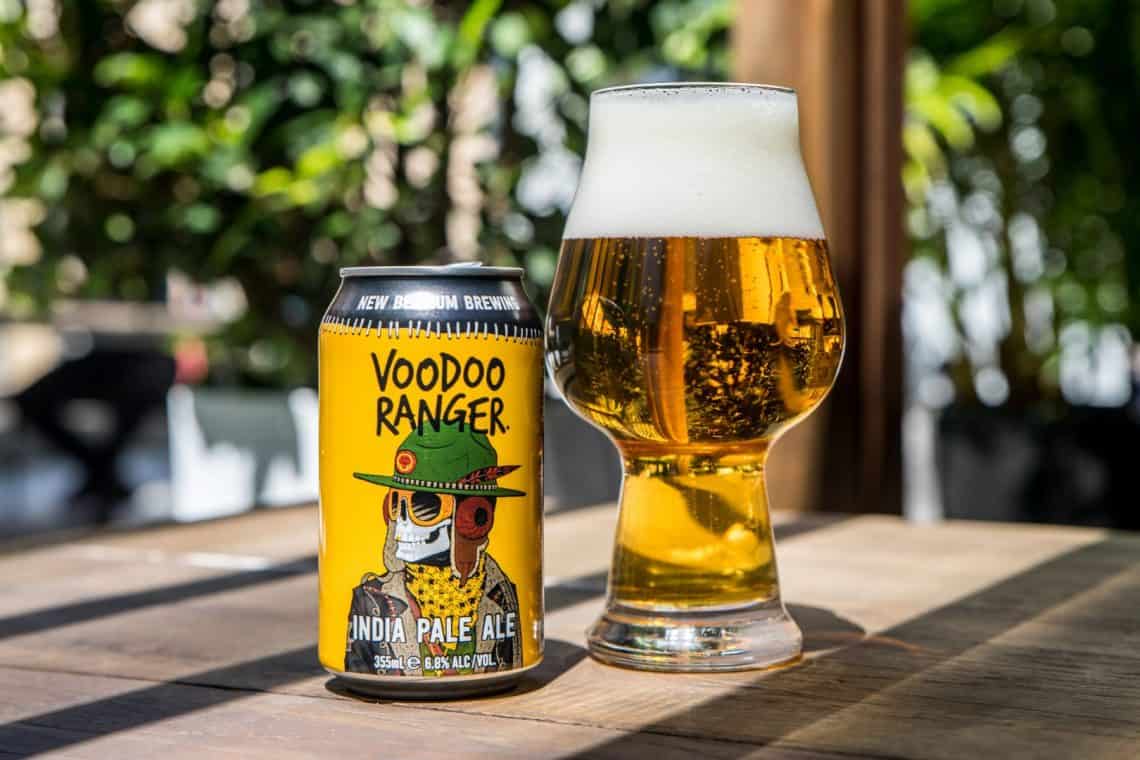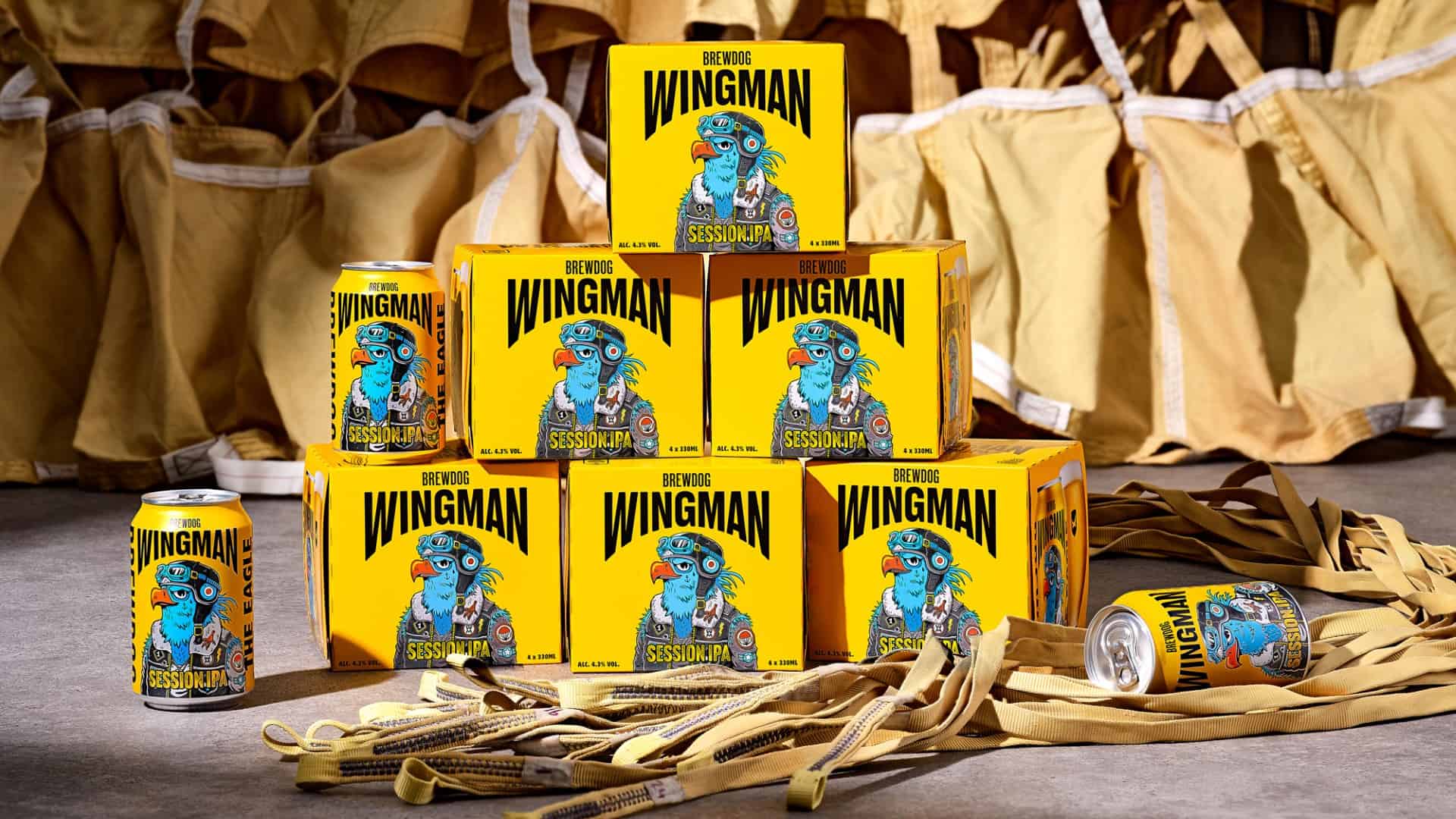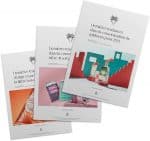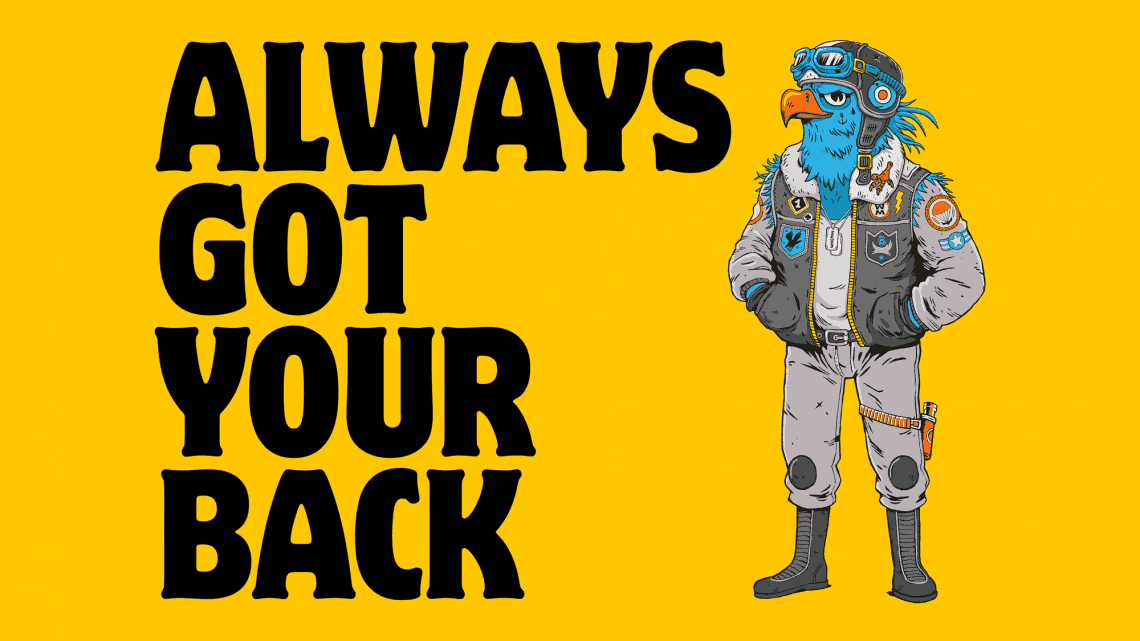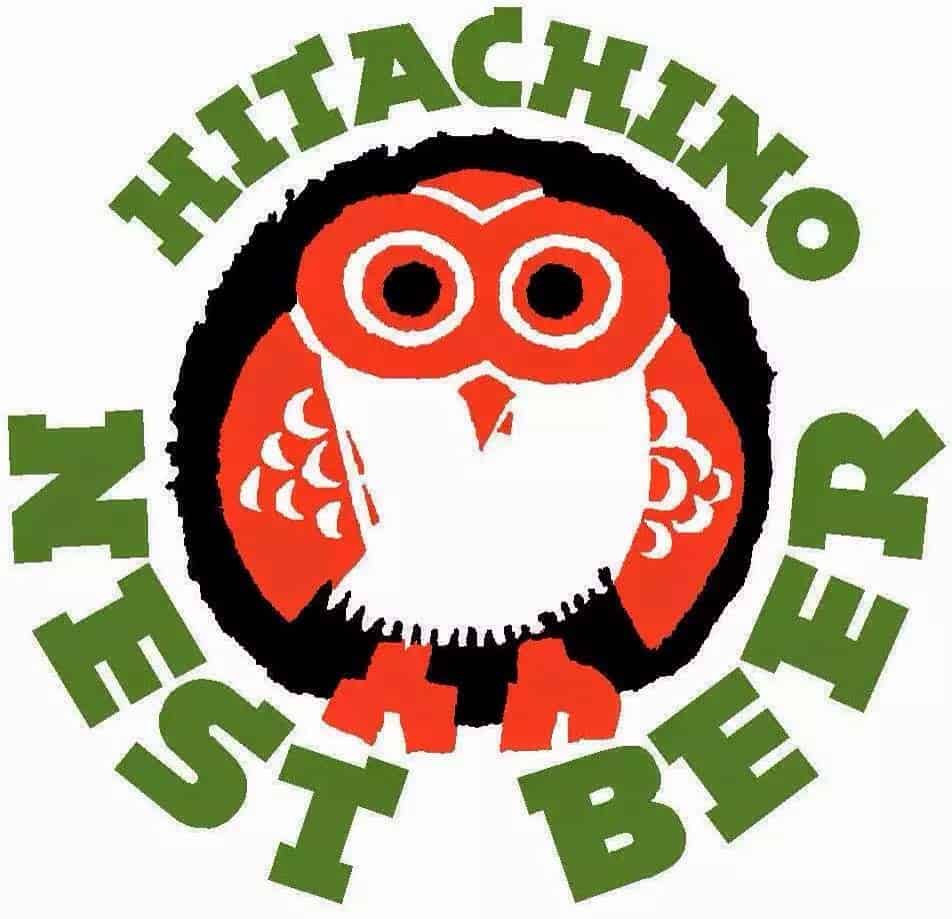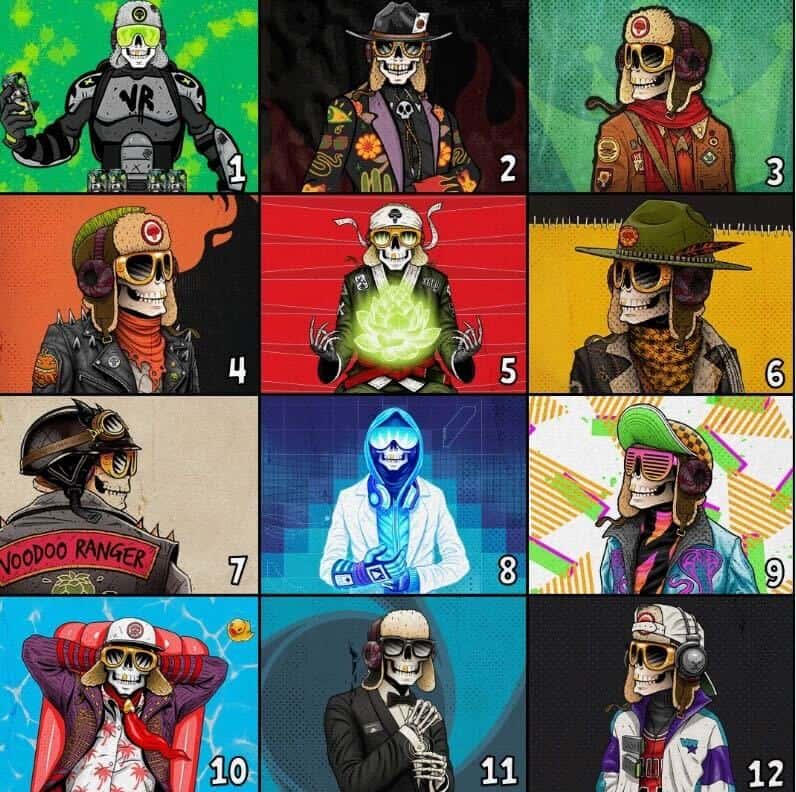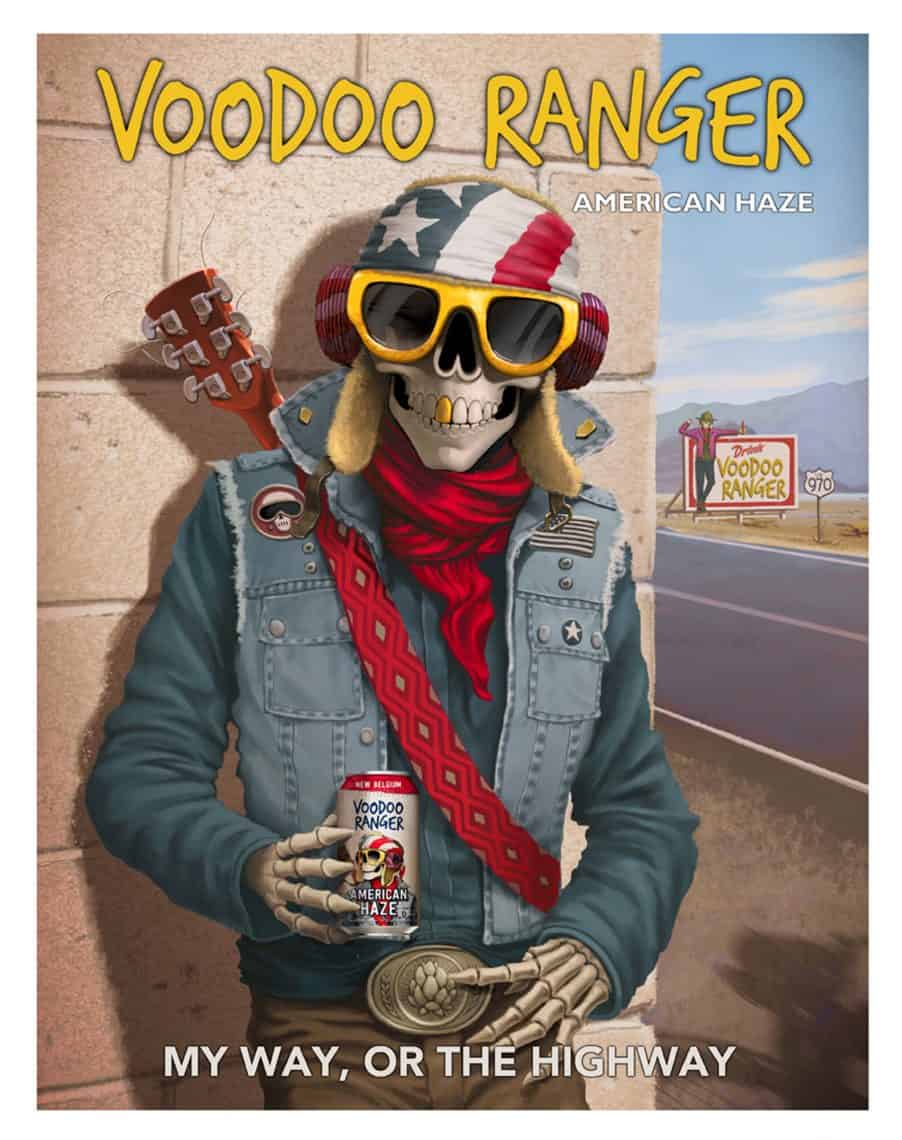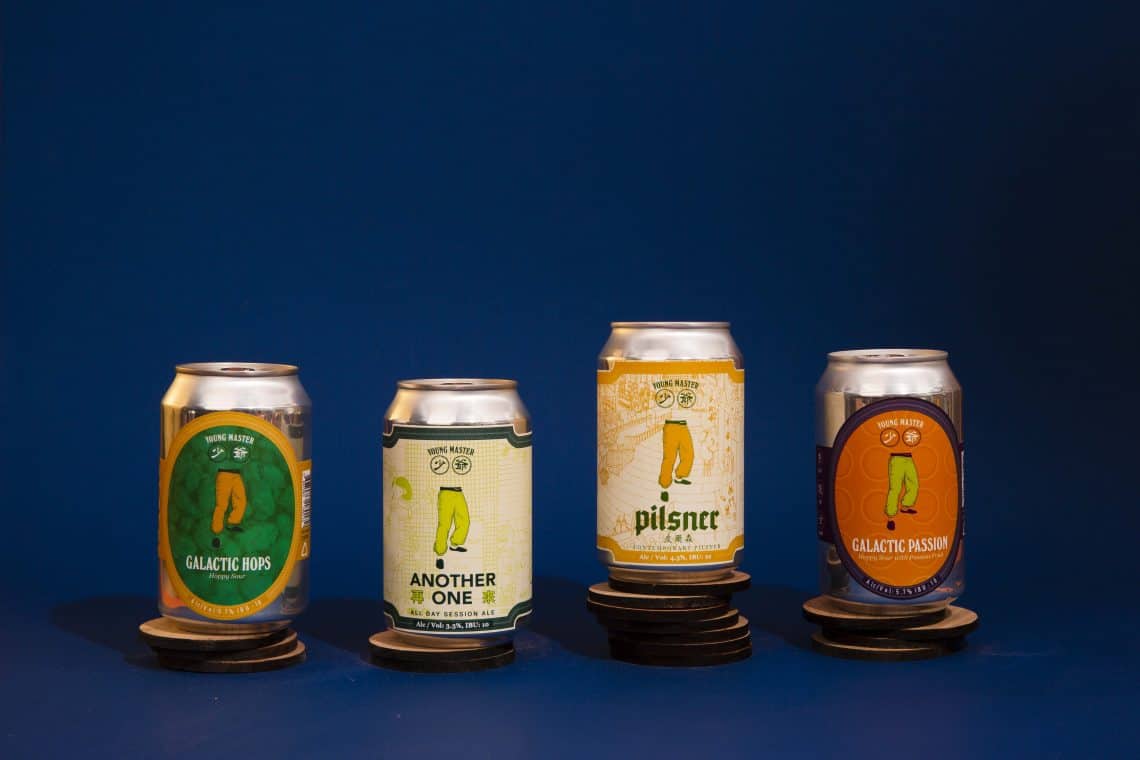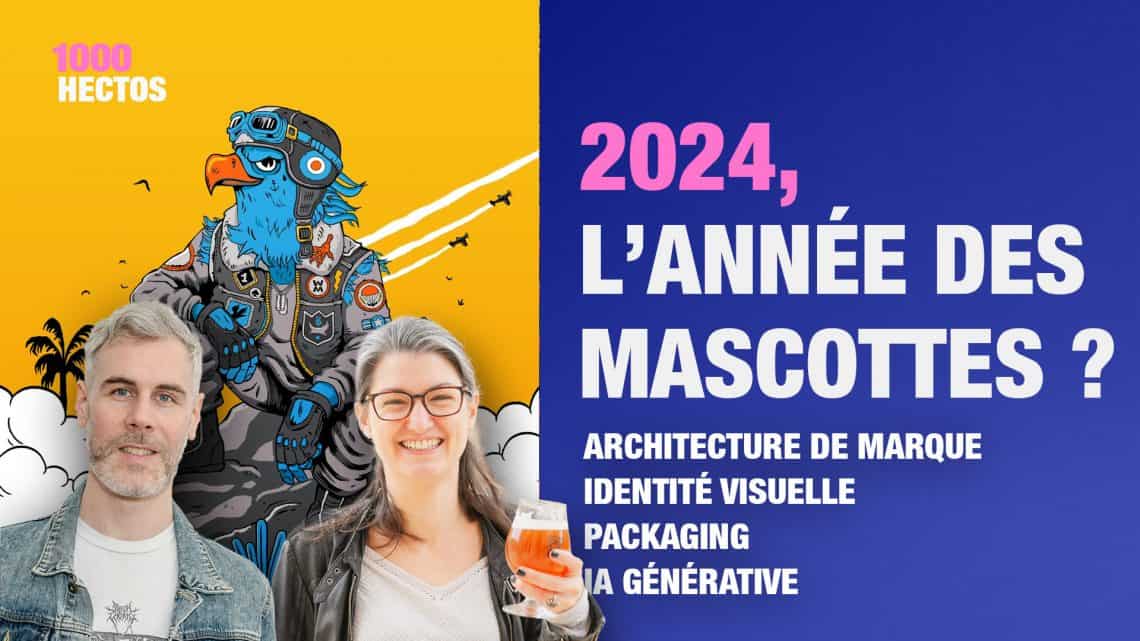The secrets of mascots to boost your brand identity
In the latest episode of the podcast 1000 Hectos, we explored with Dorothée Van Agt the essential role of mascots in the development of a brand identity strong in 2024. More than just a graphic element, a well thought-out mascot can really breathe life into your company. brand and create a unique emotional bond with your audience.
In this article, we'll take a look at the best practices and most inspiring examples discussed during the show. You'll discover how to design a memorable mascot, consistent with your DNA and capable of carrying your values across all media. Ready to make your mascot your best ambassador? Let's get started!
Why bet on a mascot in 2024?
In a context of fierce competition, it is crucial to stand out from the crowd and create a close relationship with your customers. This is precisely the strength of mascots: these endearing, unique characters will embody your brand's personality and win over your community.
In concrete terms, a mascot will allow you to :
- symbolize the essence of your brand in a memorable way
- enrich your territory of expression by showing different facets
- arouse emotion and attachment by imitating human traits
- stand out from the crowd by breaking with conventional marketing codes
- encourage playfulness, humor and interaction with your audience
In short, your mascot becomes a true spokesperson for your brand, capable of creating a unique bond with both current and prospective customers. It's a great way to strengthen your brand equity!
The qualities of an effective mascot for your brand identity
To get the most out of a mascot, certain criteria are essential. Here are the main characteristics of a successful mascot:
- originality Forget clichés and assert your brand's uniqueness.
- Coherence your mascot must be in line with your values, your values positioning and your entire visual identity.
- Personality Give life to your mascot with distinctive character traits that your community can identify with.
- Adaptability For your mascot: plan variations (poses, expressions...) to deploy your mascot with agility on a variety of media.
By keeping these principles in mind, you can design a mascot that will become instantly recognizable and associated with your brand in the minds of your customers.
A well thought-out mascot can really breathe life into your brand and create a unique emotional bond with your audience.
Ludovic Mornand
Wingman, The brewdog IPA session
To illustrate the potential of mascots, let's take a look at Wingman, Brewdog's session IPA, which we explored in this episode.
The choice of a parachute eagle as mascot is totally in line with the brand's non-conformist universe. Brewdog has succeeded in condensing its rebellious spirit into a strong character, both cool and provocative.
The power of this mascot also lies in its ability to come to life. Far from being static, it adopts different poses and attitudes that reinforce the narrative. Careful attention to detail, from the patches on the jacket to the tear in the eye, creates a coherent whole that embodies the essence of the brand.
This example shows that a mascot doesn't have to be a classic cartoon character to be memorable. Brewdog's daring departure from codes proves that an authentic mascot is a powerful lever for differentiation and memorability.
Far from being static, the Wingman mascot adopts different poses and attitudes to reinforce the narrative. Brewdog proves that an authentic mascot is a powerful lever for differentiation.
Other examples of mascots
Hitachino
The’Hitachino is a bright red owl, with a sleek design that's instantly recognizable. This bold choice of color adds a distinctive touch and enables the brand to stand out (this color is also reminiscent of the Japanese flag, of course).
The owl, an animal often associated with wisdom, lends a premium, craft dimension to the beer. A smart choice for a brasserie which relies on the quality of its products.

Voodoo Ranger
Voodoo Ranger has chosen a mascot halfway between a voodoo skeleton and a rebellious aviator. With his yellow sunglasses, red scarf and various headdresses, this character perfectly embodies the brand's quirky, adventurous spirit, like a « Eddie the Head »by Iron Maiden.
By playing on biker and rock codes, New Belgium clearly targets a young, non-conformist audience. The mascot thus becomes a strong identity marker for the brand's community.
Young Master
Rather than depicting an entire character, Young Master makes the bold choice to focus on one part of the body: the legs. Here, we recognize the traditional kung fu outfit with its baggy pants and fabric shoes.
This intriguing, minimalist approach draws the eye and suggests a whole story. The mascot subtly embodies the brewery's roots in Asian culture, while giving free rein to the imagination.
Keys to successfully integrating your mascot
Once your mascot has been finalized, the challenge is to bring it to life consistently across all your contact points. Here are a few best practices for successful integration:
Define clear and precise rules of use in your graphic charter. Specify its different variations to ensure consistency across all your media.
Exploit the narrative potential of your mascot by using it in emblematic situations. Humor and the offbeat can be good levers, as long as they remain in line with your brand territory.
Adapt your mascot to the specificities of each medium (print, digital, motion design...) while preserving its essence and recognizability.
Involve your teams in the deployment of your mascot. Organize sessions to explain the strategy and get their ideas for staging.
Animate your mascot on social networks to strengthen interaction with your community. Use it to humanize your communication and generate commitment.
By capitalizing on these best practices, your mascot will naturally become the figurehead of your brand, creating a special relationship with your audience.
In the end
At the end of this overview inspired by our 1000 Hectos episode, you'll have the essential keys to making your mascot a differentiating asset in 2024. By combining uniqueness, consistency and storytelling potential, your mascot will add a new dimension to your brand identity and strengthen your appeal.
So, ready to shake up the codes of branding with a unique and striking mascot? It's time to dare to be creative and make a lasting impression!
FAQ
A mascot is an emblematic character that embodies a brand's identity and values. It serves to create an emotional bond with the audience, to differentiate the brand and to carry its personality across all communication media. It's a true spokesperson who humanizes the brand.
A successful mascot must be original, consistent with the brand's DNA, endowed with a real personality and easily adaptable. It must stand out from the crowd, while remaining in line with the company's overall positioning. The challenge is to create a memorable character with whom the community can identify.
The successful integration of a mascot requires clear rules of use to be defined in the graphic charter. Its narrative potential must be exploited by staging it consistently, adapting it to the specificities of each medium and animating it on social networks. Team involvement is essential if the mascot is to be deployed effectively.
The pitfalls to avoid are falling into clichés, lacking coherence with your brand territory, or designing a character that is fixed and not very adaptable. You must also be careful not to overuse your mascot, as this can lead to fatigue. Every appearance must be meaningful and add real value.
While a mascot can be a great asset, it's not a must. It all depends on the brand's DNA, target audience and communication objectives. A mascot will find its place in offbeat, sympathetic universes, where the challenge is to create connivance with the audience. On the other hand, it's less suited to highly corporate or institutional brands.
Did you enjoy this episode of 1000 Hectos? Give it a try...
- 5 steps to maximize the impact of beer competitions
- How to judge a beer at a competition: behind the scenes and the truth about medals
- Beer market trends in CHR 2024
- Brewing news: between fiscal challenges, alcohol-free and sustainable innovations
- The secrets of mascots to boost your brand identity
- New European regulations raise questions about pesticides in hops
